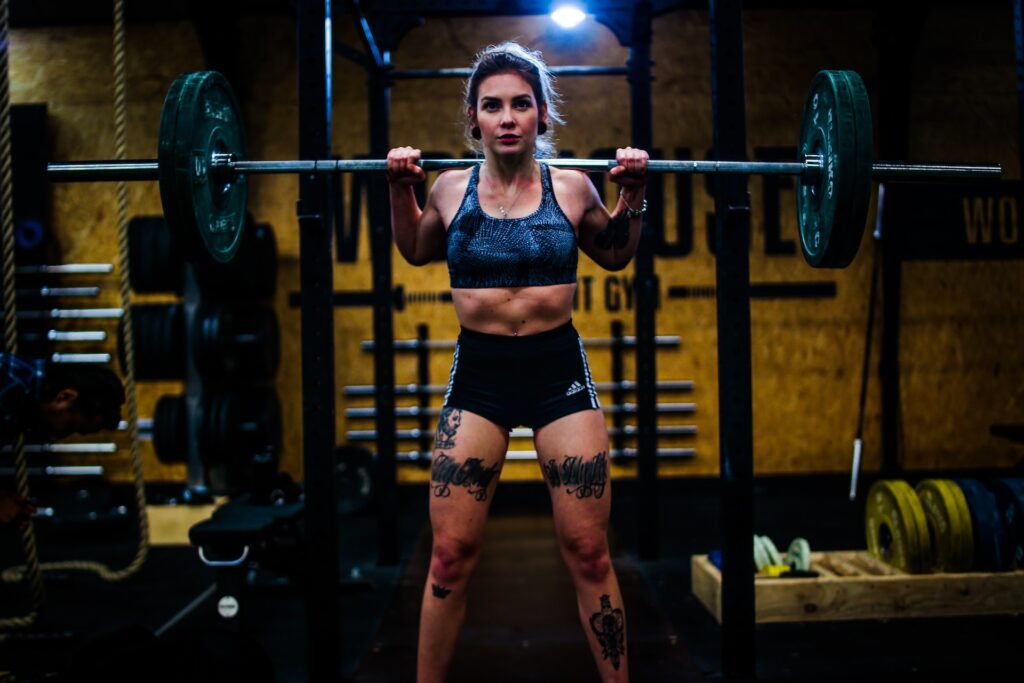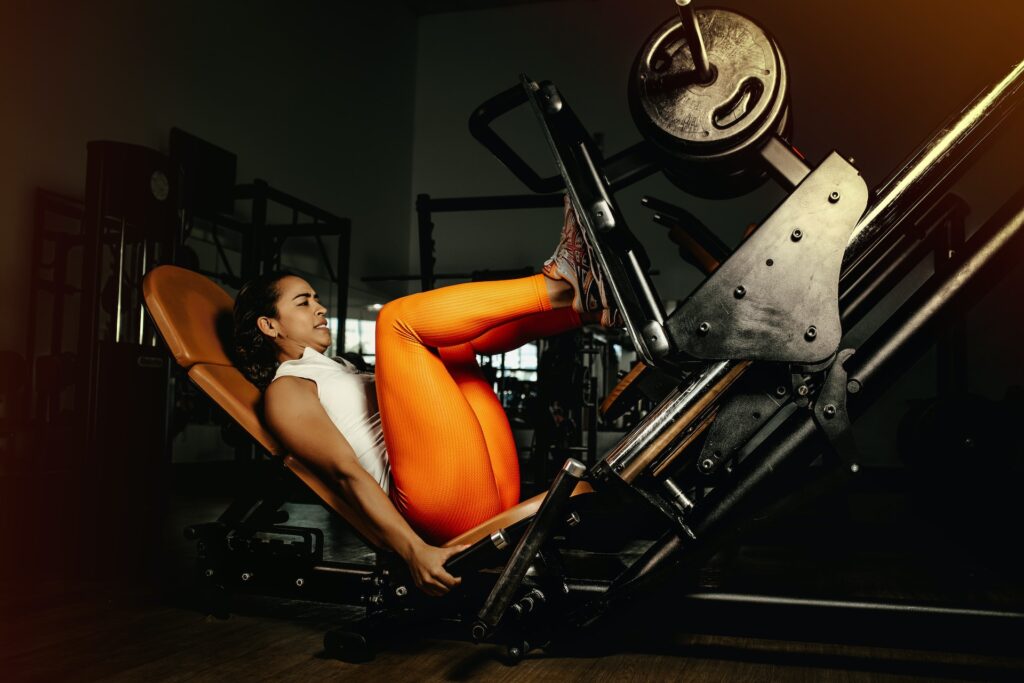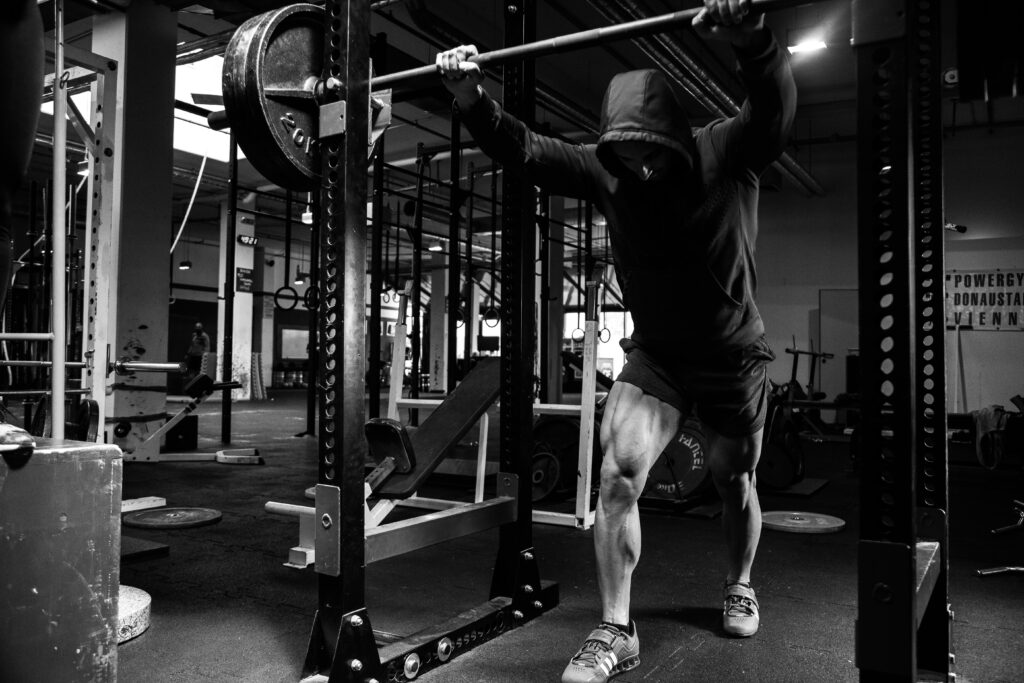Introduction
Joint alignment is often overlooked, not through being deemed unimportant but usually due to the fitness industry not presenting how important it can be for both joint health but also better exercise performance. Many of you reading this will have disregarded certain exercises due to discomfort or because it perhaps hasn’t felt the way you had predicted and favoured movements that feel nicer and this can often be placed down to alignment and adapting movements to suit your anatomy.
Often, machines will move in just one direction which can be referred to as a plane of motion. Unlike the machine, the body is capable of moving in many different planes due to the anatomical design of our joints. This doesn’t mean that joint alignment should only be considered on machines, because free weight and cable-based work can also benefit from the perspective of safety and smoother motions/movements.
This article will explain why this is something you should consider across all movement patterns, giving you an understanding of when to implement it. The key is to understand that this will not solve every problem as there are certain movements that anatomically may not work for you.

Photo by John Arano on Unsplash
What is joint alignment?
This is simply a case of analysing the joints involved within a movement pattern ensuring the joints stack and allowing them to run in the direction of the line of force to create a better feeling and safer environment. Once those boxes are ticked, that allows the target muscle be experiencing better and growth promoting stimulus.
For example, within a Romanian dead-lift, we could see this look like the hips, knees ad ankles running in a straight line from top to bottom. This ensures each joint is taking its fair share of the forces involved within the movement but Is also important for keeping tension within the target muscle and not having it shift elsewhere (the hamstrings). As the movement involves gravitational forces, we know the line of force is top to bottom and that the weight will only move up and down. This means we need to line the joints up so that the force runs directly through all of them. If the feet were to therefore sit just outside hip width, the line of force would run directly through the hip but sit inside the knees and hips meaning the muscles responsible for bring the leg back to the bodies midline (the adductors) would heavily contribute.
This is why alignment can have such a big part to play in muscle growth, as you are attempting to make your anatomy fit a lift/movement rather than working through the arbitrary standard set by fitness culture.
Why does joint alignment matter?
Target muscle tension: As mentioned above, you can either manipulate a movement to fit you or manipulate you to fit a movement in the hopes that you achieve more stimulus in the target muscle, leading to better growth potential. For example, the leg extension works in a forward and backward direction and the knee works in the same direction. Having the knee lined up with the hips ensures the lifter is working in the exact direction of the machine, however adopting a wider position can then see the lifter experience tension in other areas not intended to work within this movement.
Reduction of secondary muscle activation: Every movement will have what is called a prime mover, which is the muscle that has the best leverage to perform that lift. Movements also have secondary movers or assistor muscles that can contribute to the movement pattern. Poor alignment can see the secondary mover contribute to such a large degree that it starts to take away from the prime mover. Both the biceps and the triceps receive a lot of work unintentionally through pulling and pushing movements respectively and this happens when the line of force stops running directly through the forearm or when the degree of elbow flexion for the bicep and elbow extension for the tricep outweighs the amount of movement happening at the shoulder. This means proper alignment and execution can prevent unintentional work from assistance muscles.
Safety: Joint alignment and manipulation ensures that the lifter is performing the movement in the safest environment possible as it provides a more even distribution of weight across the working joints. Uneven or excess force experienced in a single place can often lead to muscle or connective tissue damage due to the compromised position. Stacking and lining joints can also ensure that the lifter is structurally strongest at the point in which the force requirement (torque) of an exercise is largest. For example, the bench press will see the highest torque demand at the bottom. A stacked wrist over elbow keeps the triceps safe from excess loading and places the pecs in an advantageous position to press due to the strong structure of the arm.
Range of motion: All machines have what is called an axis of rotation. This is the point in which the machine rotates around. Alignment also means lining yourself with the machine too. Adopting a position whereby the working joint and the axis are not aligned can see the range of motion on a machine cut excessively short. Every machine also has what is called a cam and this is the part that in contact with the wire/belt that the weight connects to. The purpose of the cam is to adjust the exercise profile (where it is most challenging) throughout the rep, meaning miss-alignment can cause you to experience an exercise profile that was not intended for that movement.

Photo by Sushil Ghimire on Unsplash
What movements does it matter most on?
This is tricky to answer as various exercises have various requirements. Certain free weight movements allow you to move with freedom, yet require perfect alignment for stability purposes however machines offer you in built stability but function in a fixed path and therefore require you to adapt to the way the machine want to function. In essence the answer is that it matters across all exercises but to various degrees depending on their individual requirements.
Free weight movements: Free weights have a major advantage in that they allow the body to move freely. This can then allow you to position yourself in the ideal start point depending on your anatomy and skeletal design. A great example of this is the dumbbell bicep curl. When performed with two arms, we experience something called the carry angle which is simply the angle at which your arms hang in order to carry something. This is often outside of hip width to avoid the arms contacting the hips. Performing a dumbbell curl using two arms in your carry angle position isn’t a bad thing but it can be made better by performing the movement one arm at a time and leaning towards the working side to reduce the effort placed on the shoulder to hold external rotation. This allows the arm to hang with all working joints stacked, allowing the bicep to work efficiently and reducing the forces that the shoulder, elbow and wrist experience.
Machine based movements: Machines remove the need to stabilise, often by giving you something to brace against/into ranging from handles to back pads to thigh restraints. This doesn’t make them perfect as a persons width or machines width can cause an alignment issue. Take for example a typical preacher curl machine. Having both elbows placed on the pad and both hands grasping the handles can cause the hands to sit either inside or outside the elbows. Just like the last example, we want the forces at play to run through all three joints, however with the elbow joint out of alignment, a lot of stress can be placed here which disrupts force production and reduces exercise output. The simple fix would be to then perform the movement single arm and change torso position until you find the point at which the wrist, elbow and shoulder align.
Cable machines: Cables are just as versatile as free weights but are limited by the attachments you have available for them. The upside for cables is you can see where the line of force runs as it is depicted by the cable itself. What ever direction it pulls in, is the direction the force is running in. Think of this as a redirection of gravity. As the cable has a swivel component where the karabiner attaches, you’ll find your bodily position doesn’t matter all that much as the swivel component will adjust to your position. As alluded to earlier though, the type of attachment can disrupt alignment especially with dual arm work. The key is to find something that allows you to have the wrist stacked above the forearm in the end range of the eccentric pushing/pulling movements and finishing curling, extension work with the cable running in the same direction and the forearm.

Photo by Anastase Maragos on Unsplash
When doesn’t it matter as much?
It will never not matter, but there are circumstances where you may not opt to follow this thought process to a T.
Increased range of motion: Some movements such as a squat or leg press may experience better range of motion when not following the stacked joints rule. For example, your hip mobility/design may mean that a wider stance squat allows for more motion. On a leg press this may then look like the knees coming to the side of the chest rather than in front. This then allows for more knee flexion and better growth stimulus.
Better stability: When working with heavy loads, a stable base of support is needed to maintain balance and prevent the centre of mass from shifting. This may then mean a position that sees the feet sit directly under the hips is no longer adequate and forces the user to have a wider position in order to complete the lift.
No muscle bias training: We often look at training individual muscles, however there are many people that may take an exercise and perform it in a way that holds no bias towards one target area. This can then see an RDL have reduced hip movement and a slight increase in knee movement in order to get the glutes involved to a greater degree. This therefore allows more muscles to contribute and can be great for those wanting to train with reduced total volume or time.
Closing thoughts
Alignment is key for the safety of joints and all types of tissue involved and can be used to enhance both the sensation of a movement as well as the performance output. It is therefore something that should be considered across all lifts with time spent dedicated to ensuring the movement flows as it should. There will also be specific reasons and circumstances whereby parts of the alignment thought processes may not be used that directly tie to the individuals context, so understanding why not every principle applies is also a very useful tool.
___
If you want to see more information on training intensity, see my latest Instagram posts at @the_biomechanics_coach. Or, if you are interested in exploring other areas of your training and becoming the best athlete you can be, what about reading my last post on stimulus to fatigue ratio.



